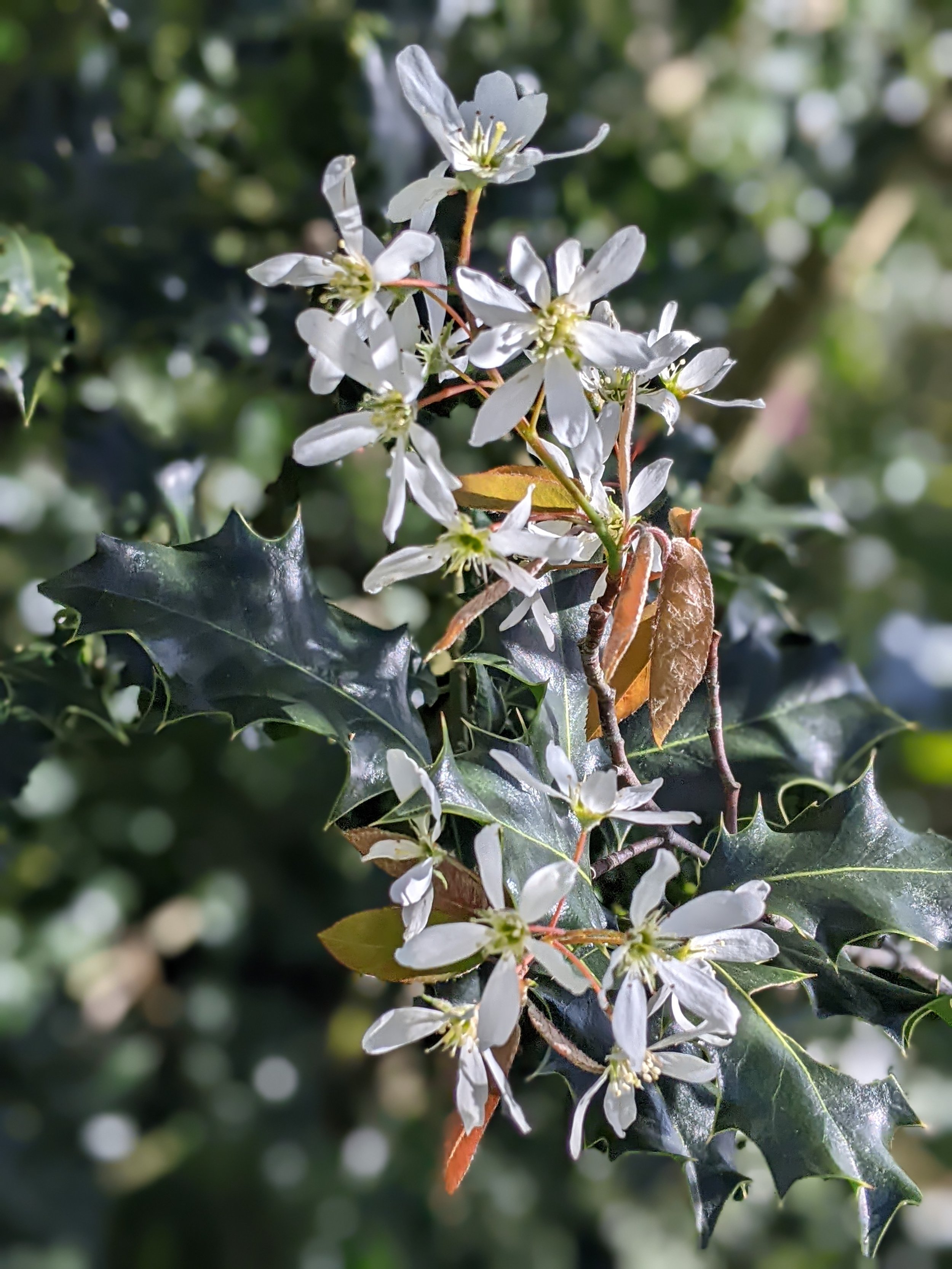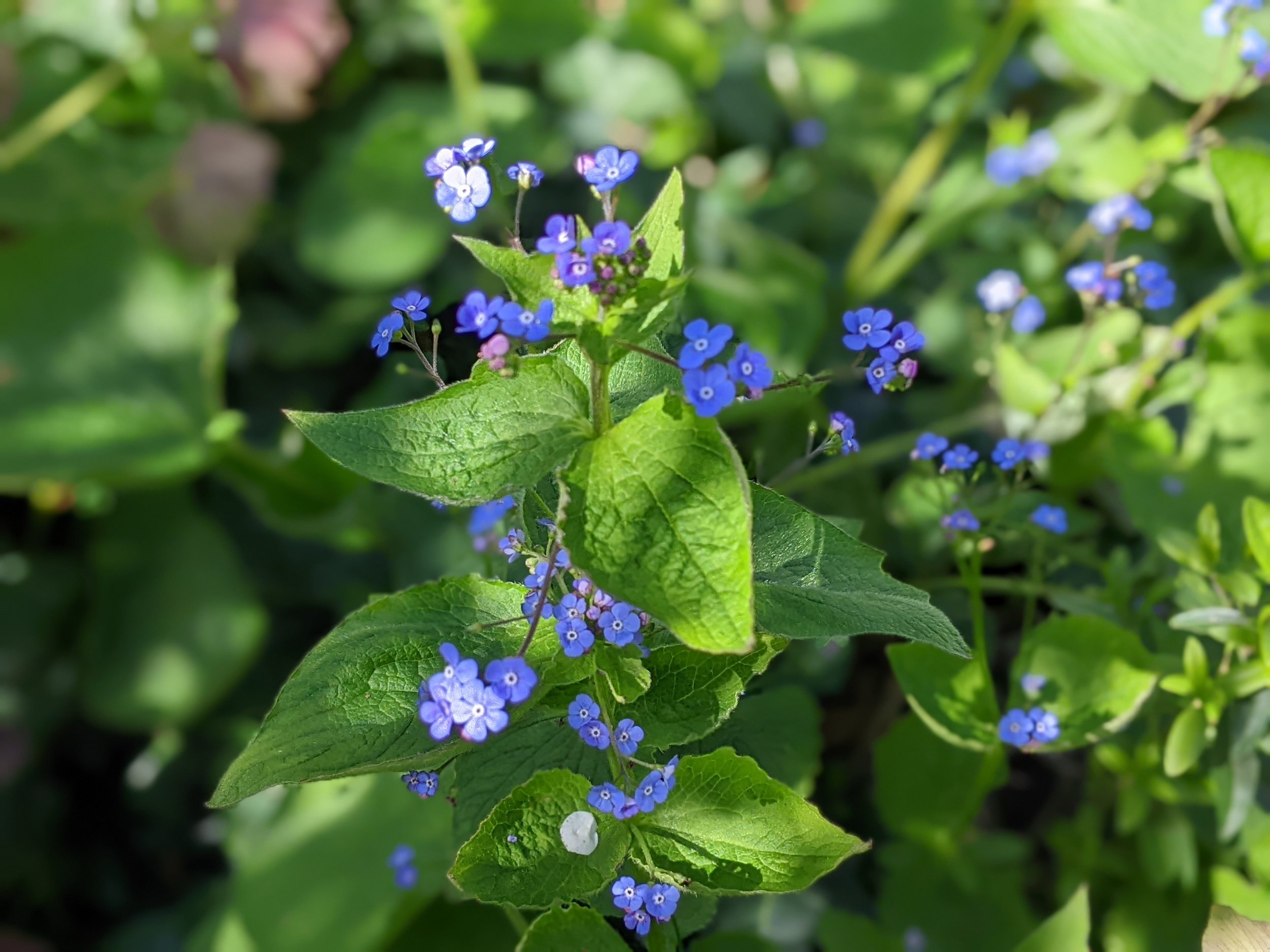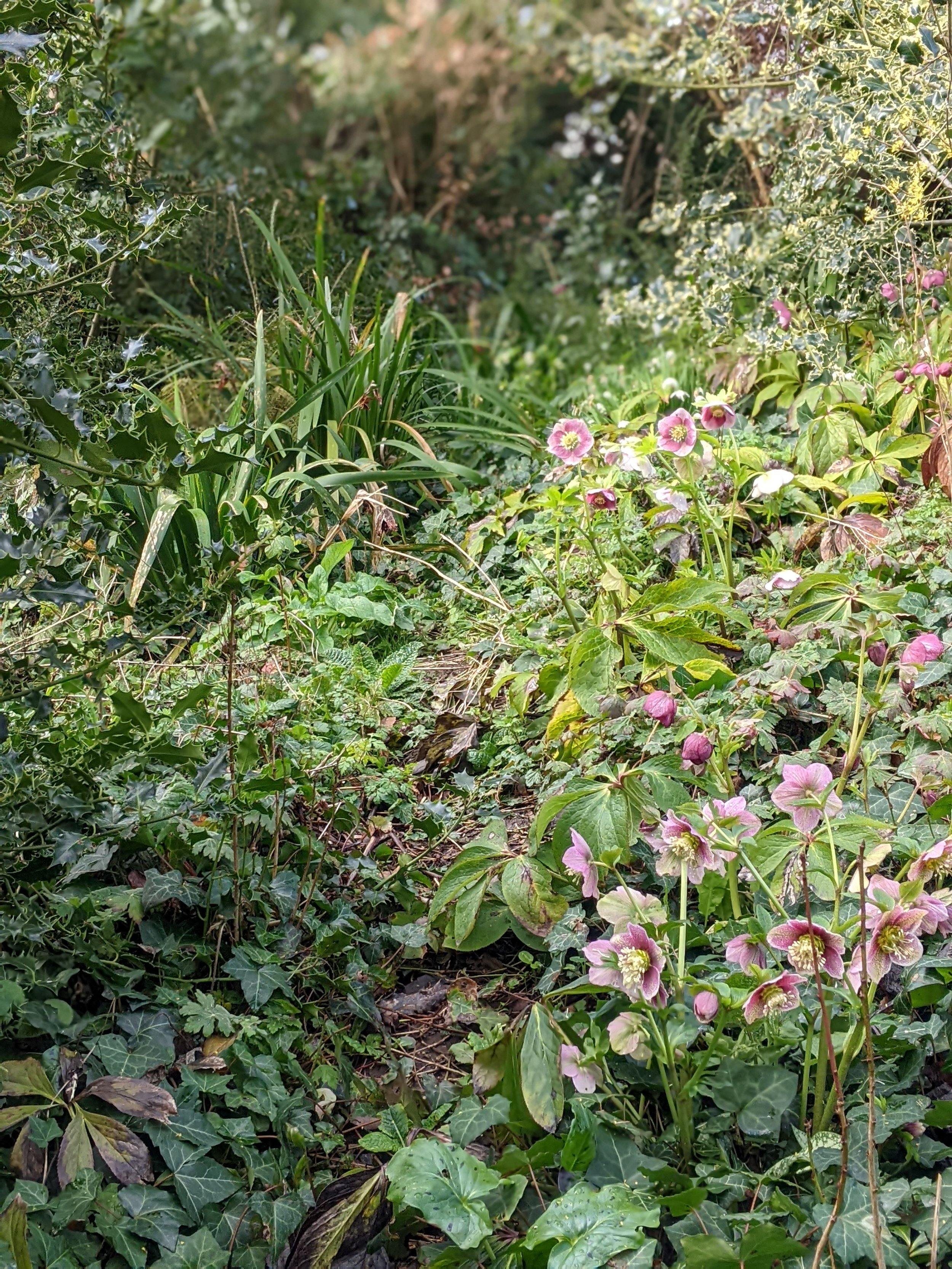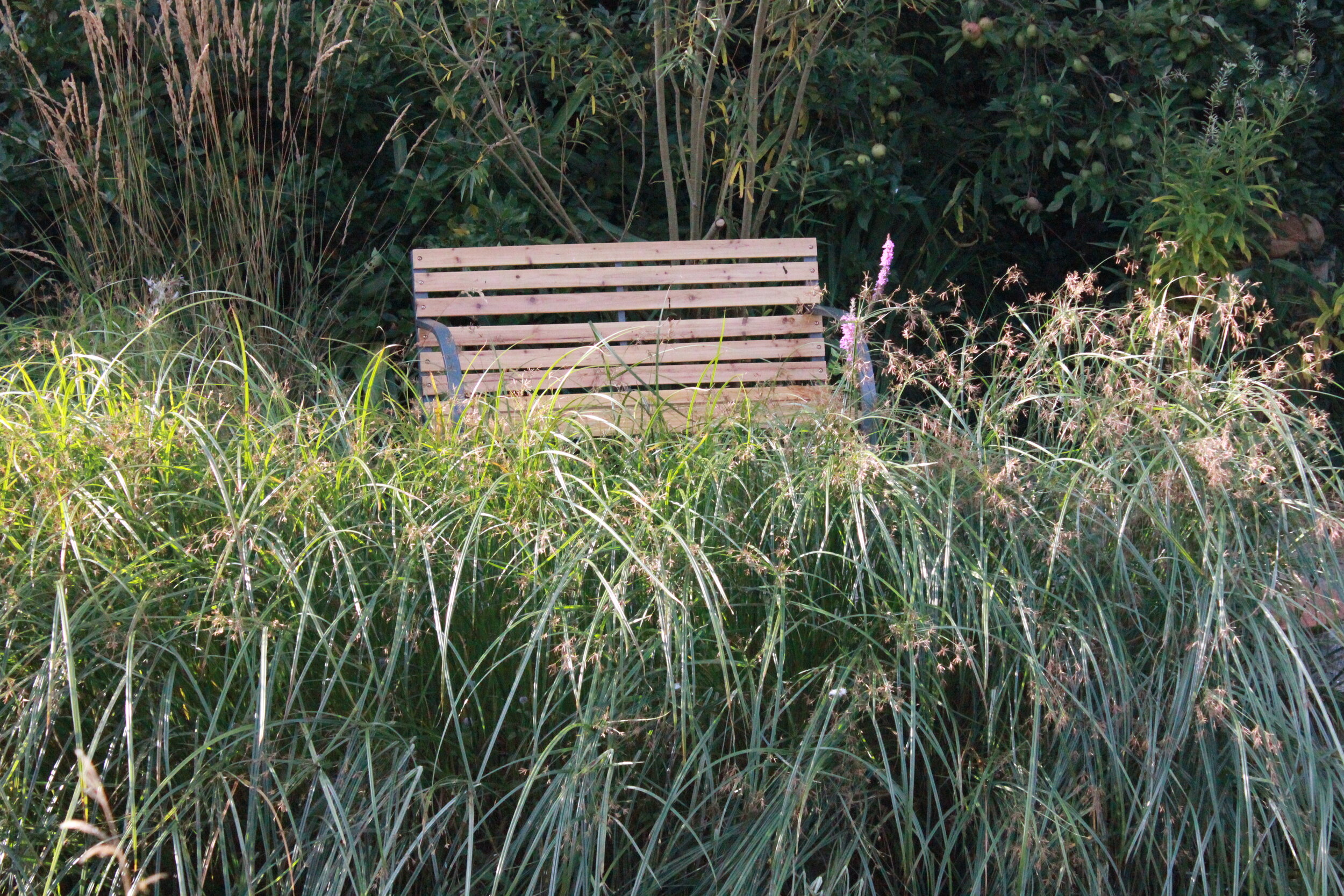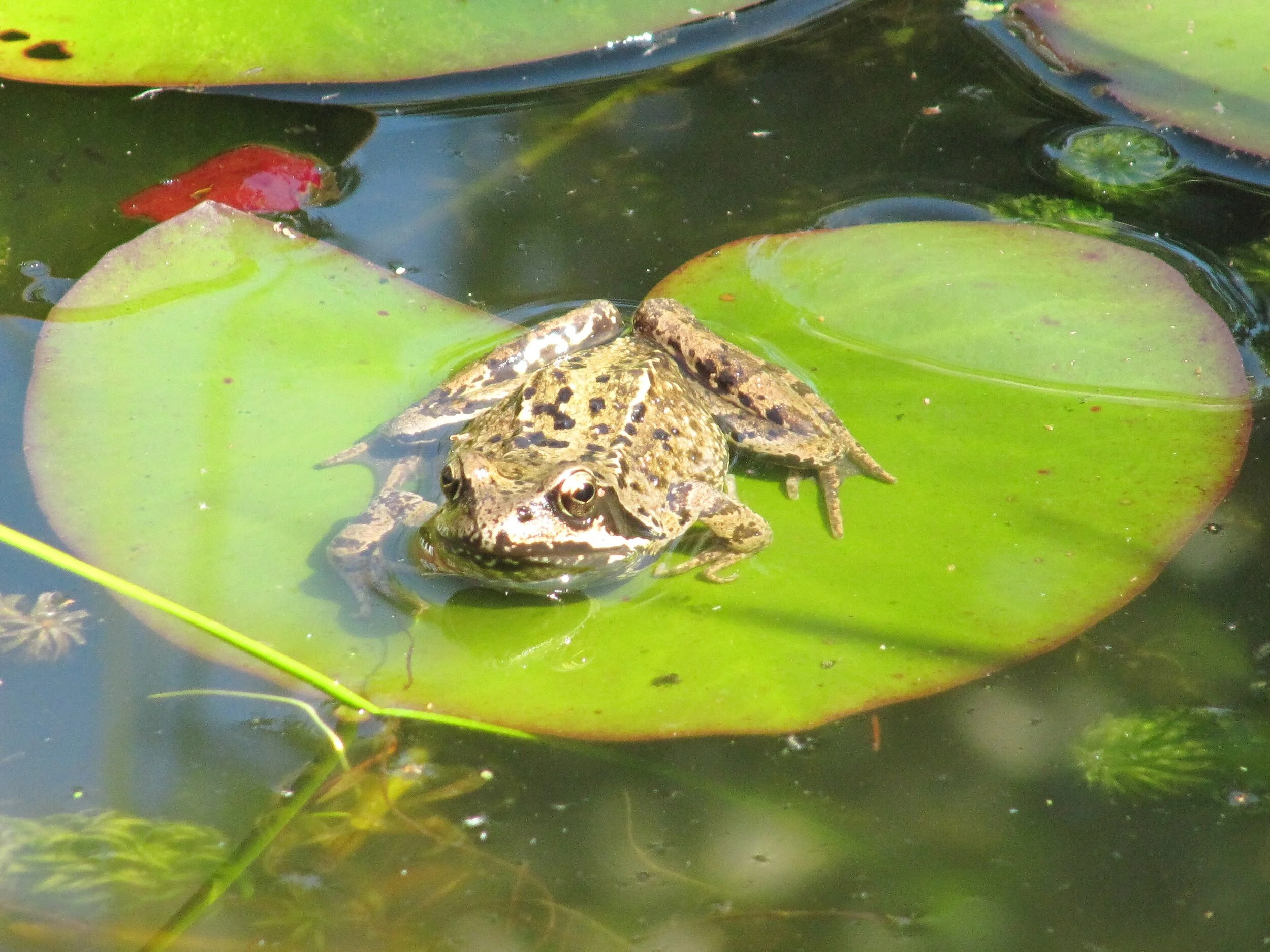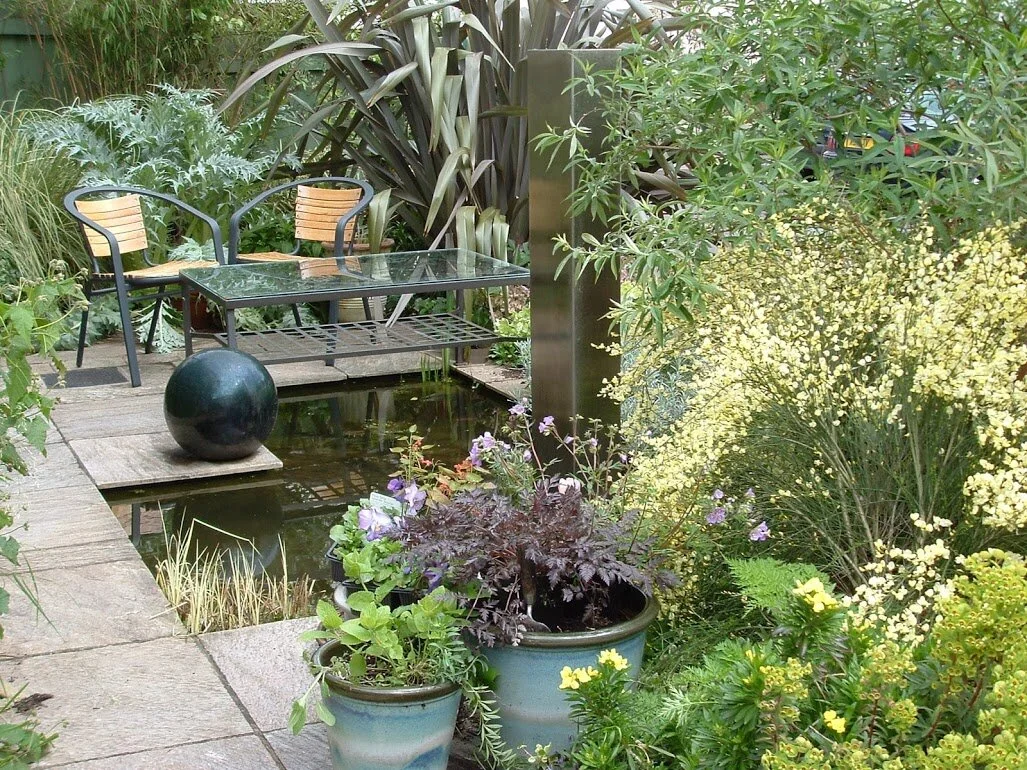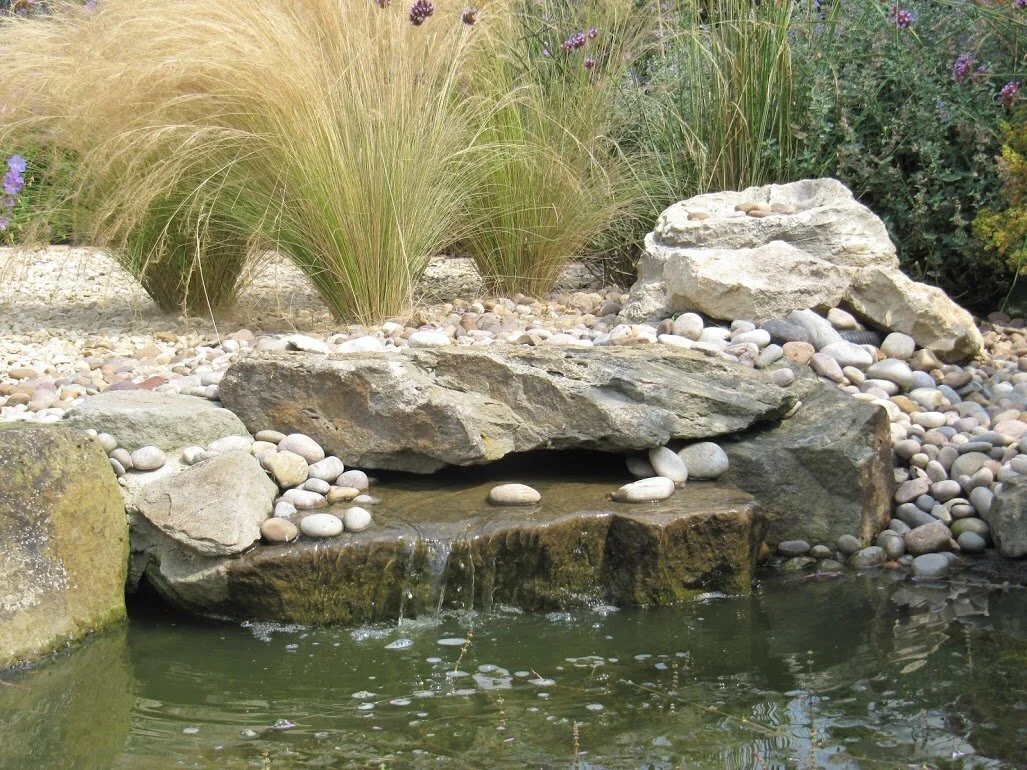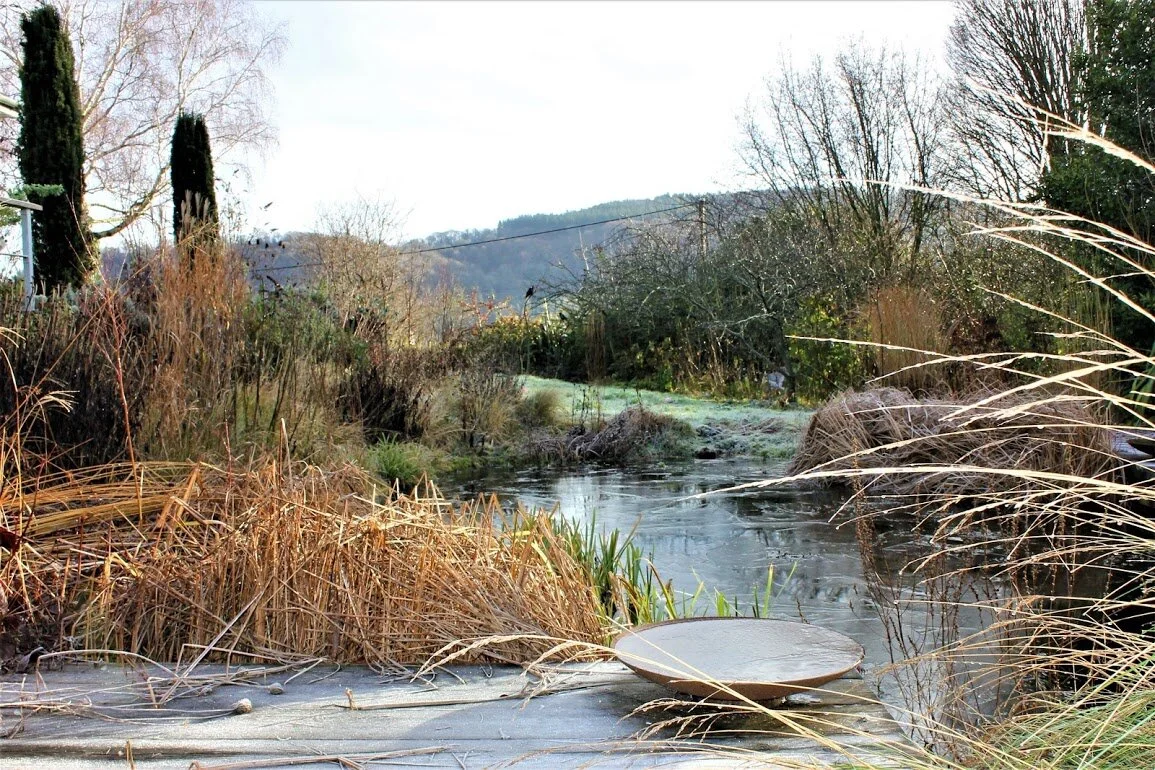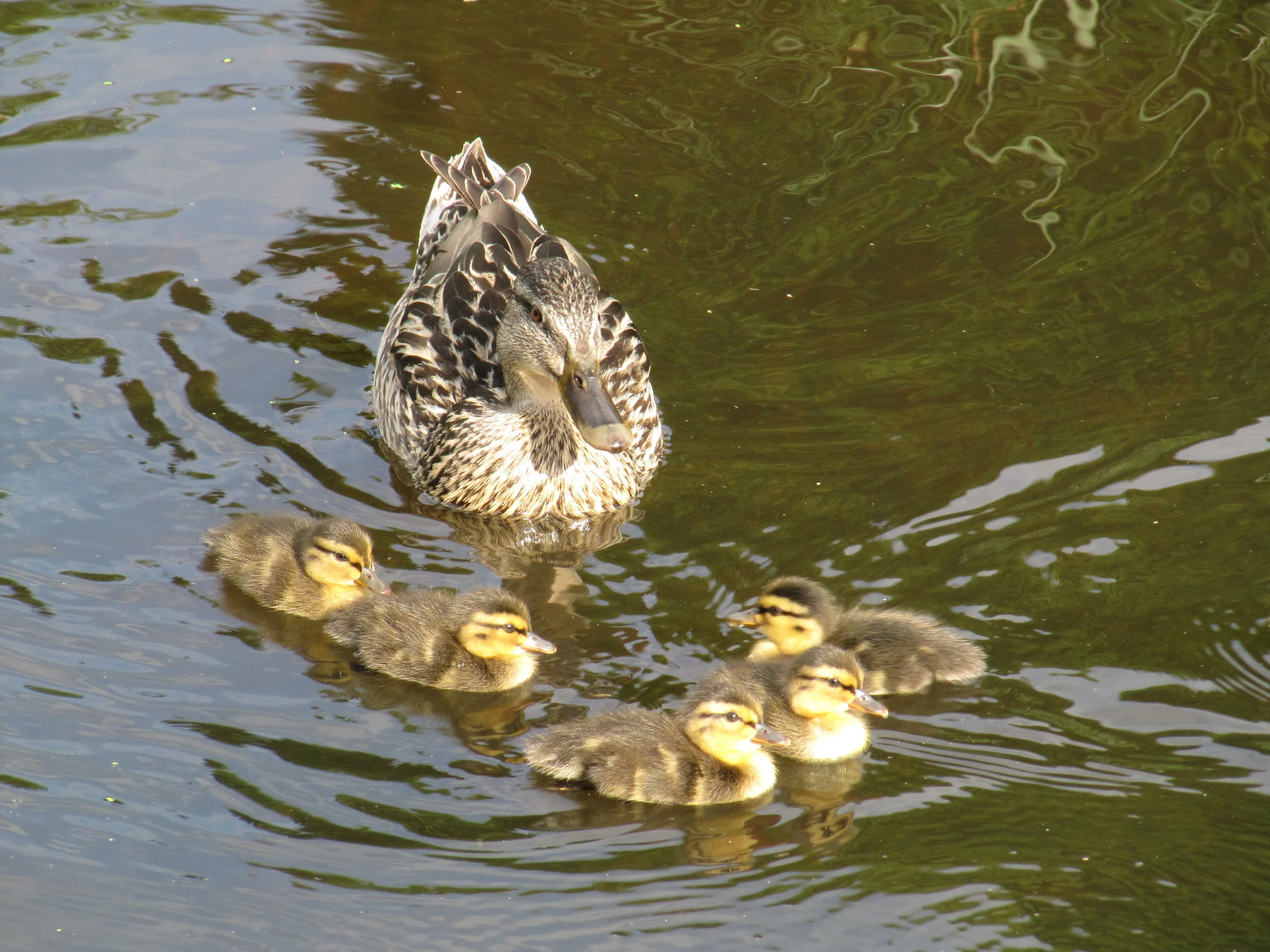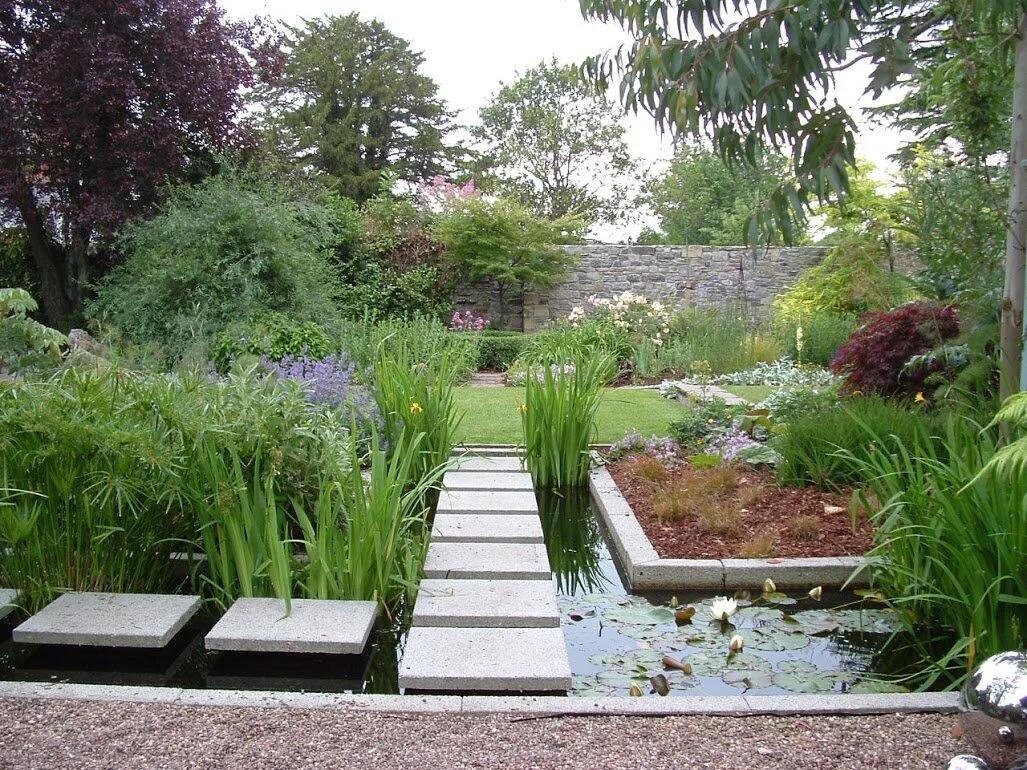In forecasters’ terms, last week’s weather was ‘mixed’. Not so good for holidaymakers, but better for gardeners sowing seeds, and actually quite typical of the weather we might expect in April.
It’s lovely when the sun’s out, it feels as if spring has arrived. But rainfall is such a valuable asset and there will be less of it through the summer, so I for one can put up with getting wet for now, the blackbird’s crystal clear end of shower song is all the recompense I need for the soaking.
As the saying goes, April showers bring forth May flowers, April ones too, and I’m very pleased to see that they, and the warm sunny spells, seem to be encouraging insects to hatch. I spotted one of my favourite solitary bees a few days ago, a tawny mining bee and close on her heels, one of her predators, a bee fly. She will be watching where the bee nests and lay her own eggs in there for her larvae to consume the bee’s. Knowing that however gruesome it may seem, this is how the garden functions, there are predators and there is prey, I try not to take sides, but I can’t help but wish the little bee well and much as I love the blackbird too, I do hope she wasn’t on his menu.
The bright slanting rays of sun, when they appear through the sparsely leaved trees, light up the understorey and remind me of how much of my garden mimics the edge of a woodland where the trees thin out and the ground covering vegetation changes. The edges of places, where habitats meet and merge are important places for nature, and where nature flourishes then so do we, whatever the weather, come rain or shine.




